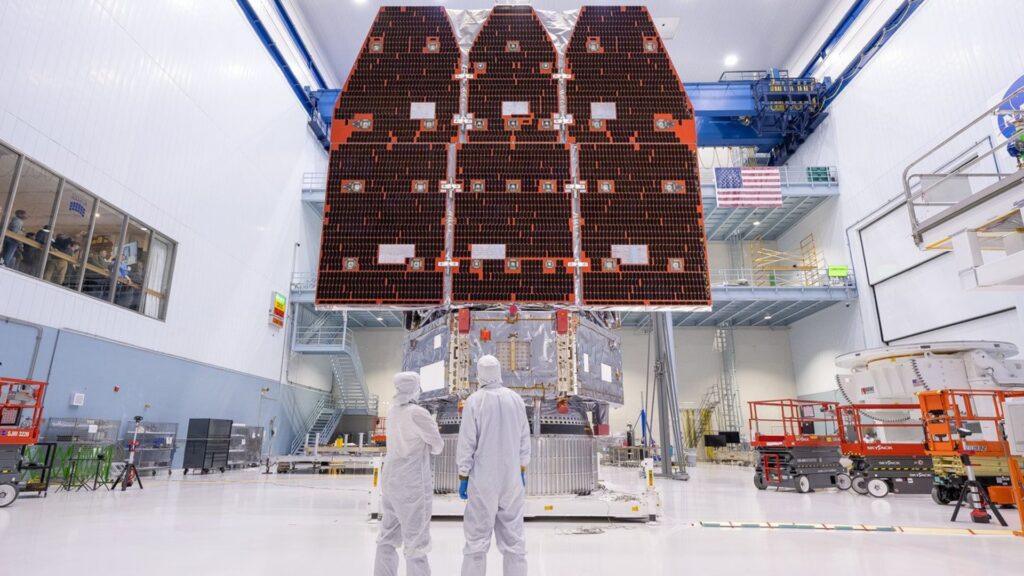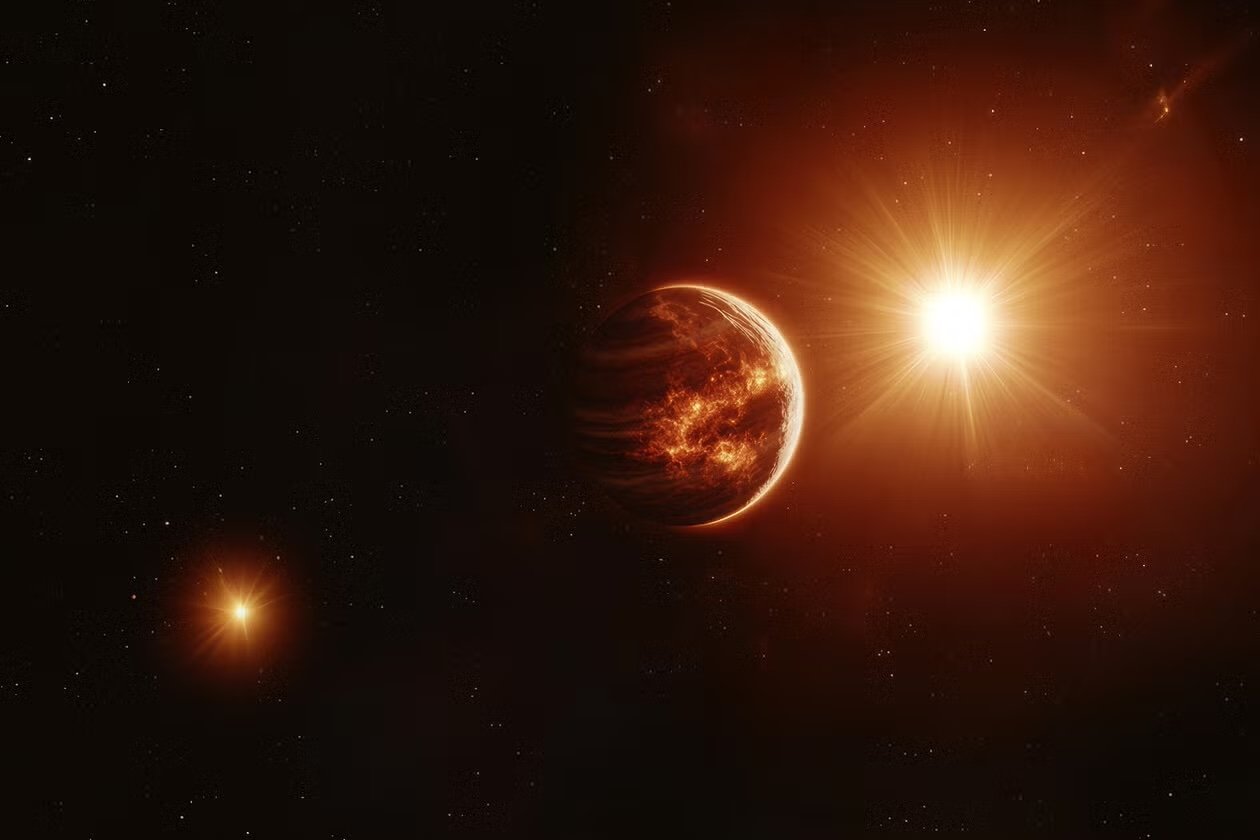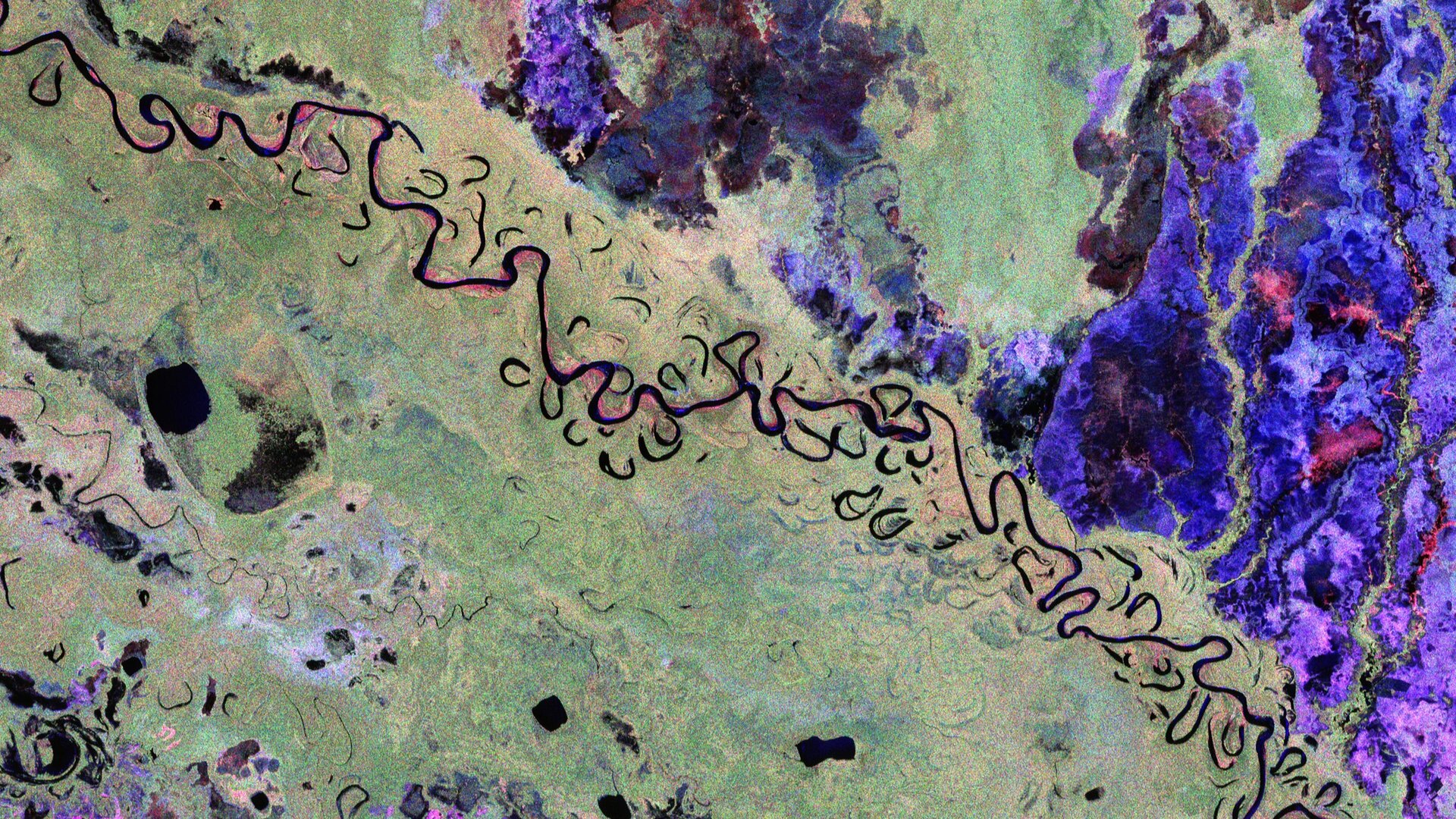Now Reading: This supermassive black hole is eating way too quickly — and ‘burping’ at near-light speeds
-
01
This supermassive black hole is eating way too quickly — and ‘burping’ at near-light speeds
This supermassive black hole is eating way too quickly — and ‘burping’ at near-light speeds
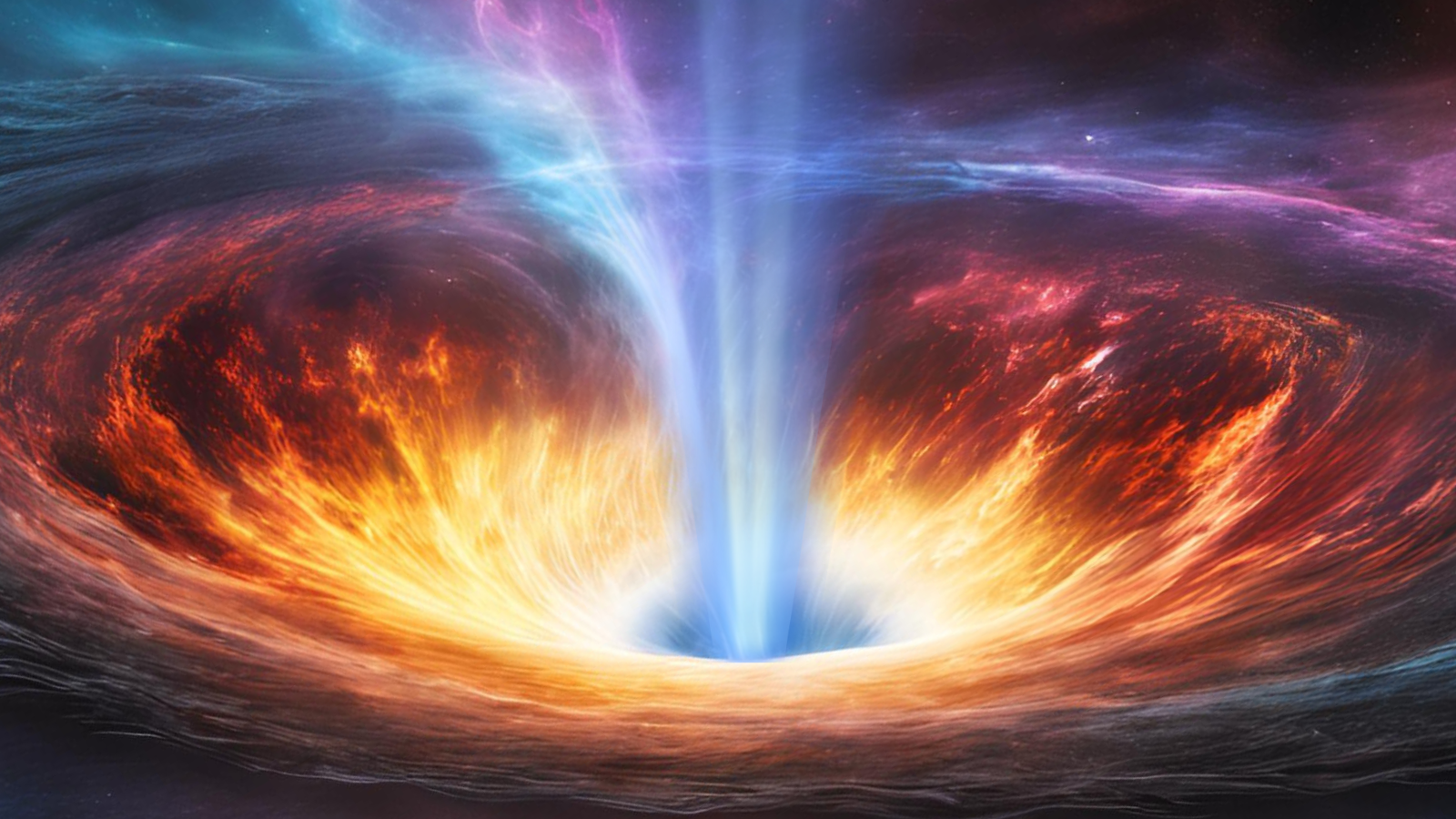
Astronomers have witnessed a distant supermassive black hole devouring its surrounding matter so rapidly that it is “burping” out excess mass at nearly a third of the speed of light.
The discovery was made when researchers studied the supermassive-black-hole-powered Active Galactic Nucleus (AGN) of a Seyfert galaxy located about 1.2 billion light-years away. The black hole, designated PG1211+143, has a mass around 40 million times that of the sun and powers a bright quasar. This made it a prime target for astronomers seeking to understand how supermassive black holes grow by feeding on, or “accreting,” matter.
The team examined the black hole using the European Space Agency (ESA) X-ray spacecraft XMM-Newton, finding an influx of matter equivalent to the mass of 10 Earths flowing to the object over a period of just five weeks.
The matter falling around the black hole settles into a flattened cloud of gas and dust called an accretion disk, from which material is fed to the central black hole.
But even this monstrous black hole can’t stomach so much matter, leading to some serious indigestion in the form of outflows travelling at around 0.27 times the speed of light.
That’s about 181 million miles per hour, or 100,000 times the top speed of a Lockheed Martin F-16 jet fighter.
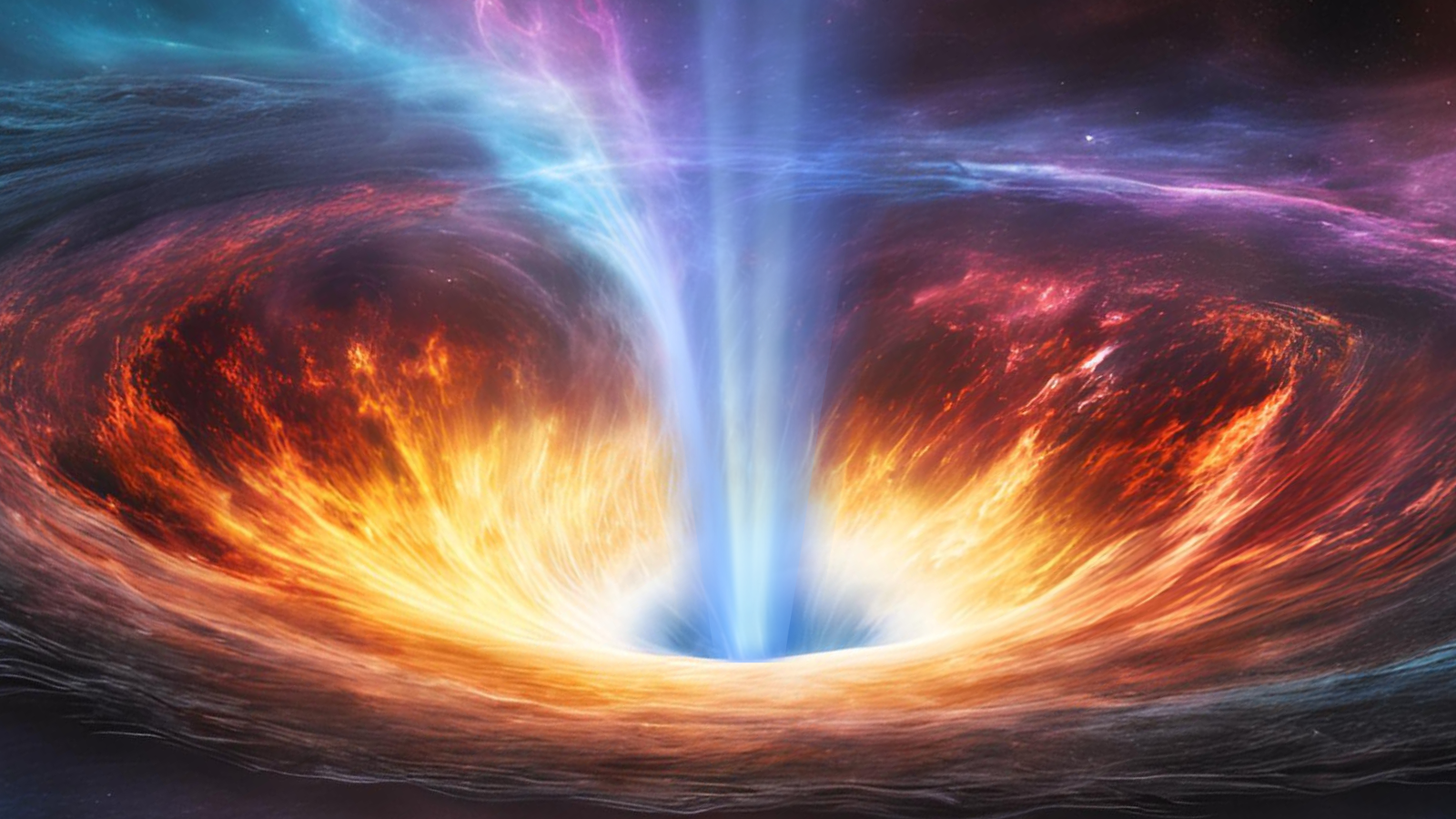
These outflows followed the black hole’s inflow of matter with a delay of a few days, heating matter around the AGN to temperatures of several million degrees. This generated radiation pressure that pushed excess matter away from the central region of PG1211+143.
Because stars form in galaxies from excesses of cold, dense gas, these high-speed outflows could be starving PG1211+143’s surrounding space of the building blocks for new stars, both by heating gas and dust and by pushing that material away.
That means studying these high-speed outflows from this black hole could help scientists to discover how black hole eruptions transform galaxies from hubs of star birth to a more quiescent existence.
Related Stories:
“Establishing the direct causal link between massive, transient inflow and the resulting outflow offers the fascinating prospect of watching a supermassive black hole grow by regular monitoring of the hot, relativistic winds associated with the accretion of new matter,” team leader Ken Pounds from the University of Leicester said in a statement.
The team’s research was published on June 10 in the journal Monthly Notices of the Royal Astronomical Society (MNRAS)
Stay Informed With the Latest & Most Important News
Previous Post
Next Post
-
 012024 in Review: Highlights from NASA in Silicon Valley
012024 in Review: Highlights from NASA in Silicon Valley -
 02Panasonic Leica Summilux DG 15mm f/1.7 ASPH review
02Panasonic Leica Summilux DG 15mm f/1.7 ASPH review -
 03How New NASA, India Earth Satellite NISAR Will See Earth
03How New NASA, India Earth Satellite NISAR Will See Earth -
 04And Thus Begins A New Year For Life On Earth
04And Thus Begins A New Year For Life On Earth -
 05Astronomy Activation Ambassadors: A New Era
05Astronomy Activation Ambassadors: A New Era -
06SpaceX launch surge helps set new global launch record in 2024
-
 07From Polymerization-Enabled Folding and Assembly to Chemical Evolution: Key Processes for Emergence of Functional Polymers in the Origin of Life
07From Polymerization-Enabled Folding and Assembly to Chemical Evolution: Key Processes for Emergence of Functional Polymers in the Origin of Life













